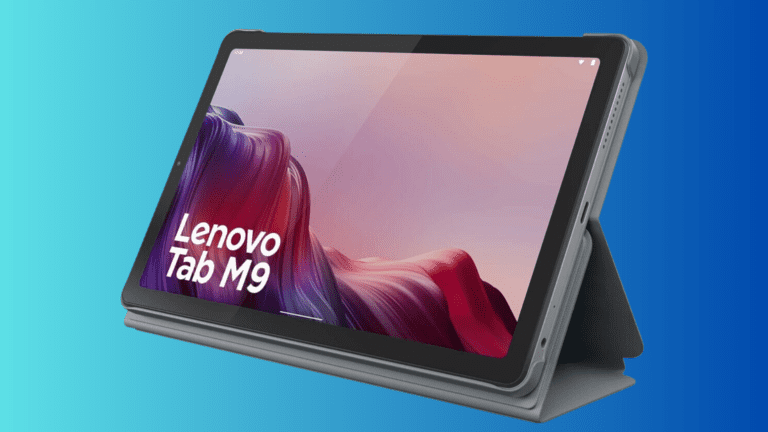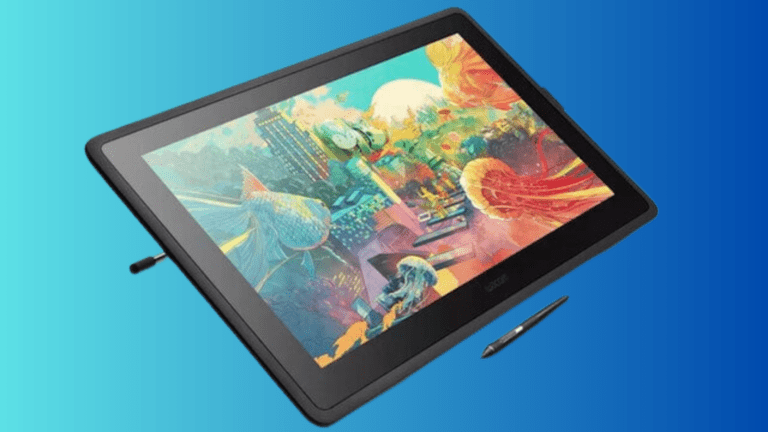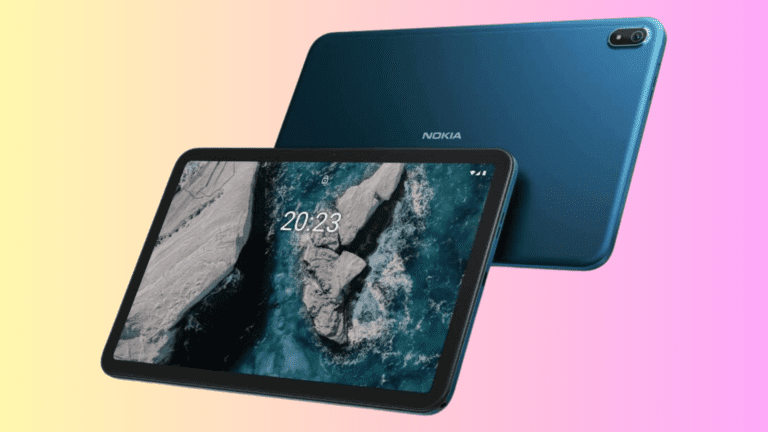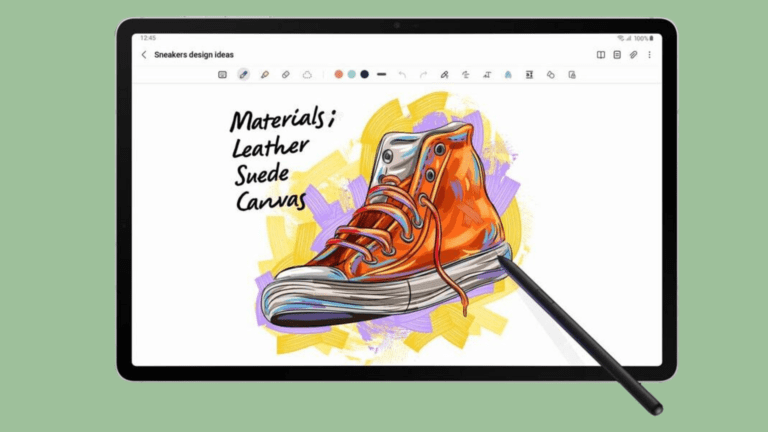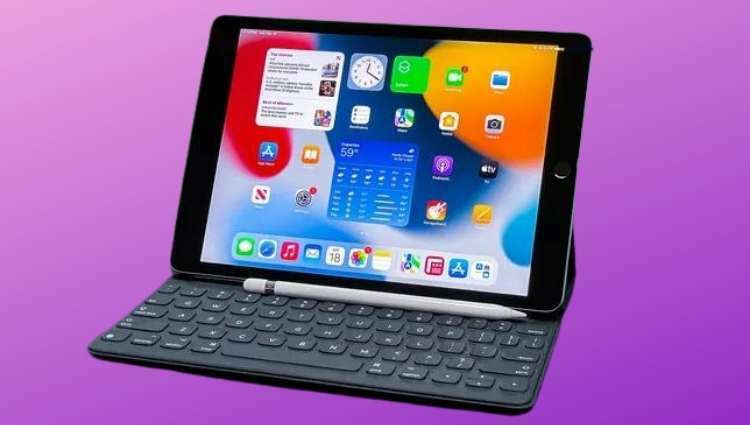Table of Contents
ToggleSurface Pro 7 vs Surface Pro 6: Overview
Surface Pro 7
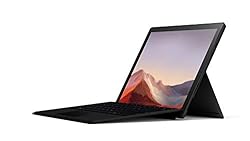
What we like
- 10th Gen Intel Core processors and LPDDR4x RAM are used to improve performance.
- USB-C port for more ways to connect.
- Can be used with Type Covers from the past.
- Touch screen with a high resolution and the same slim design.
- Wi-Fi 6 lets you connect.
What we don't like
- Pro 6 might cost much more high-end models.
Surface Pro 6
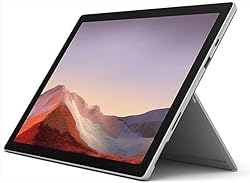
In spite of the arrival of the Pro 7, the Pro 6 continues to be a viable option for those looking for a 2-in-1 device. Even though it features the same high-resolution touch display and a comparable design to the newer edition (except for the addition of a USB-C connector), it is frequently offered at a reduced price, especially for refurbished models and when sold in packages. If you don’t mind the performance of an 8th generation Intel Core CPU with LPDDR3 RAM and the absence of Wi-Fi 6 connectivity, it will save you a good deal of money.
What we like
- Could still find cheaper bundles and refurbished products.
- Basically the same design as the Pro 7.
- Same high-resolution touch screen.
What we don't like
- No port for USB-C.
- No way to connect to Wi-Fi 6.
Surface Pro 7 vs Surface Pro 6: Display
Surface Pro 6 vs 7: Performance

Surface Pro 7 vs Surface Pro 6: Design
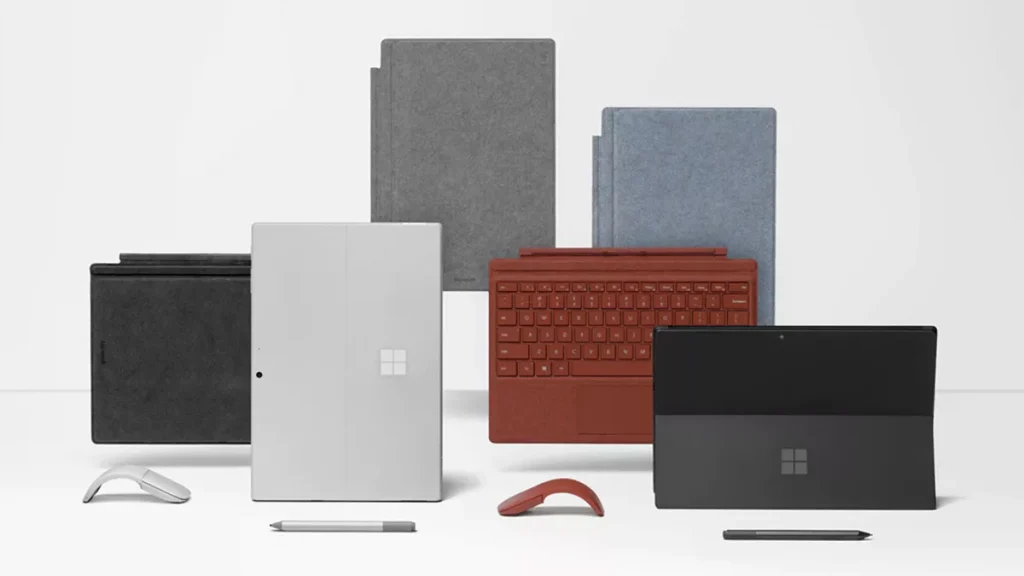
Surface Pro 7 vs Surface Pro 6: Battery Life
Surface Pro 6 vs Surface Pro 7: Price
Microsoft Surface Pro 6 vs Microsoft Surface Pro 7: Specs
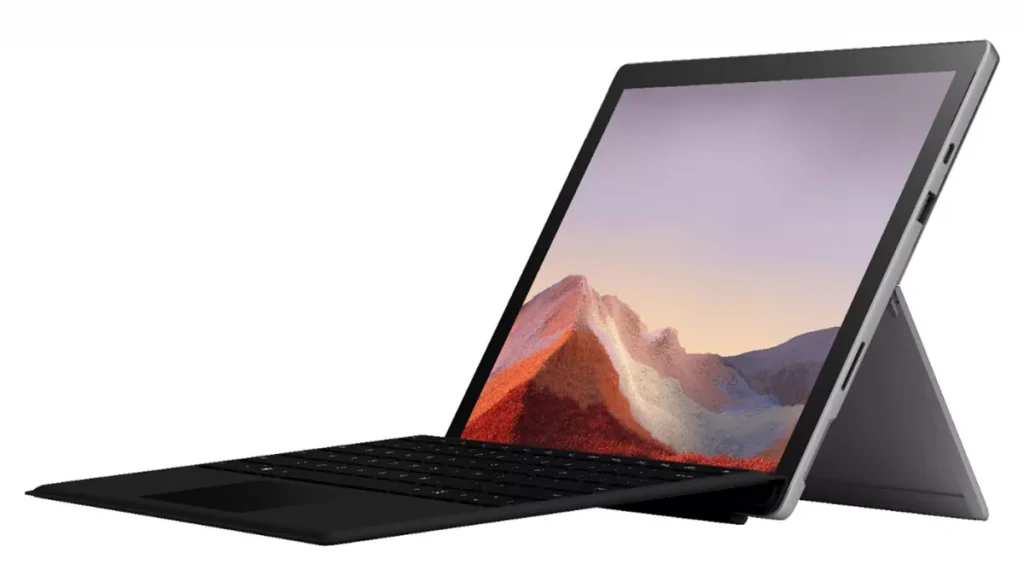
Winner: Surface Pro 7.
Surface Pro 7 vs Surface Pro 6: Storage and Memory
Best Alternative: Microsoft Surface Pro 8
Microsoft’s newest 2-in-1, the Surface Pro 8, feels like a generation ahead of its predecessors. Video playback is a pleasure on its high-resolution screen. Web browsing, video chatting, and other commonplace chores will proceed without noticeable hiccups thanks to the robust CPU. Windows 11 has a similar custom fit experience.
Surface Pro 7 vs Surface Pro 6: Final Thoughts
Is the Surface Pro 7 a significant upgrade? No. The Surface Pro 7’s newest, more powerful components don’t improve performance. The Surface Pro 7 looks like the Surface Pro 6. The old tablet even lasts longer. If it’s considerably cheaper than that of the Surface Pro 7, we’d buy it to save money.
If you want something more groundbreaking, try paying a little more for the Surface Pro 8. After a longer period, Microsoft’s next Surface Pro is a considerably bigger leap forward. Its higher specifications, larger display, and removable SSD make it a better gadget overall.
For photo editing and other creative work, the Surface Pro 8 is the superior Surface Pro to buy today, especially if you desire one of the higher configurations. The Surface Pro 6 versus Surface Pro 7 comparison is intriguing because these tablets are getting more frequent and deeper discounts (and remember that you’ll need to buy a keyboard and stylus separately, which adds to the cost). Since these gadgets were released closer together, there’s less of a distinction.
You may want to read our review on The Best iPads Of 2022



